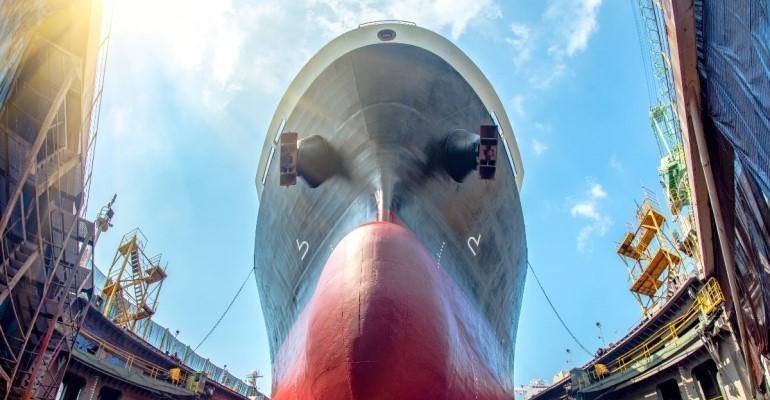Bureau Veritas (BV) has released new structural rules for steel ships, using new tools and technologies to replace rules published in 2000.
The classification society said its new rules were a significant development in standards, using extensive hydrodynamic simulations and the insight into hydrodynamics and structures offered by 15 years of new digital tools and increased computing power.
BV said replacing the two-decades-old rules brings changes that will benefit owners and yards alike, improving clarity and transparency in the building blocks of its formulas. The class society expects this will bring better understand both of the rules themselves and the physical phenomena shipyards and designers have to take into account.
The new rules harmonise steel structural rules across ship types and standardise BV’s rules with IACS requirements.
BV said the The Equivalent Design Waves (EDW) concept was extended to the structural assessment of all types of sea-going ships, using new hydro-structure coupling tools to validate the choice of the Equivalent Design Waves and the correct combinations of design loads.
By improving the definition of loads and scantling requirements the rules can be more accurate when combined with the associated new formulas and increased computational capabilities for extreme storms and fatigue condition assessments.
“In tangible terms, this now enables shipyards to improve the distribution of the steel weight, leading to better performance and potential cost savings for shipowners,” said BV.
Laurent Leblanc, Senior Vice President Technical & Operations at Bureau Veritas Marine & Offshore, said: “Modern technologies have enabled us to develop modern class rules and standards fit for a fast-evolving shipping industry. Today, we are proud to issue our new Steel Rules, which represent an important milestone in their integration of the latest developments in digital technology, as well as a major tool that will support shipyards and shipowners as they develop the safe, efficient and sustainable fleets that are needed today and tomorrow.
“Collaboration is vital, and from the earliest stages BV works with industry experts and partners to evaluate and prioritize the needs expressed by our clients. Notations are never fixed in time, and our new Steel Rules are an example of how we continue to refine our rules as technologies progress, research data pours in, and feedback from pilot projects is received,” said Leblanc.
BV invited comments on the draft rules from its partners ahead of final feedback and consultations.
Source: Seatrade Maritime News






